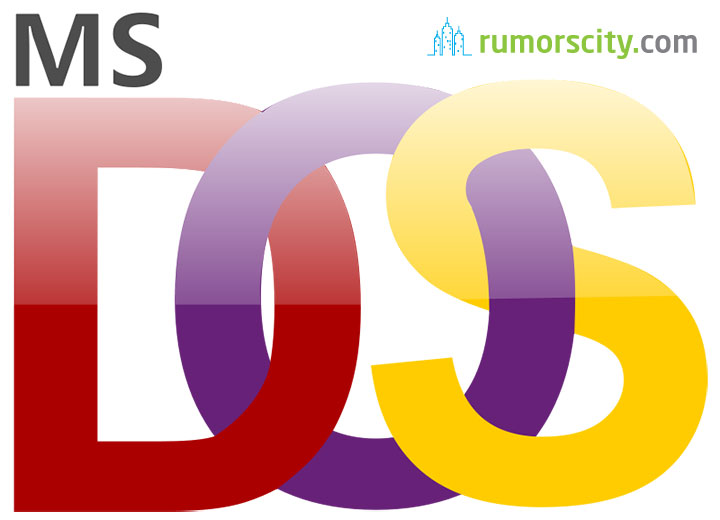

Not sure if DOS actually gets invoked, and I dont know what gives it long file name support.Another problem is that Windows won’t allow you to Create an MS-DOS startup disk when formatting a USB drive. The system will now boot to a command prompt and display C:\> You now have a bootable USB drive.Thanks, I was thinking the same thing after I posted this. Select the USB storage device to boot to the USB Flash Drive.
Then you will want to right click on that and hit Format.System Rescue Boot USB Stick (bootable ISO file). The first thing you will want to do is find your flash drive in your computers directory. It is very simple to do and will be useful for many different applications.
We will need to format the thumb drive in the process.) Plug-in the thumb drive to your computer (Make sure that the files in the thumb drive have been backup. We will need to use the files later.Run the installer file and follow the on-screen instructions.Step 3 : Create MS-DOS bootable USB drive
So make sure that you have backup the files in the USB drive.You can reboot to MS-DOS by restarting your computer with the thumb drive plugged in. If it does not automatically boot from the USB drive, you may need to change your boot order or use a boot menu to select the device you want to boot from. Once you are in DOS, you can run the program you copied to your USB drive by typing its name at the DOS prompt. Click Start to create the bootable USB drive.After you have clicked the Start button, it will format your USB drive and set the MS-DOS startup files into it. On the last box, browse for the DOS system files that you have extracted earlier in Step 1. Tick on the option Create a DOS startup disk. Select the thumb drive from the drop down list.


 0 kommentar(er)
0 kommentar(er)
